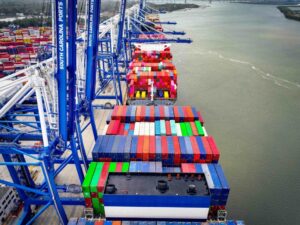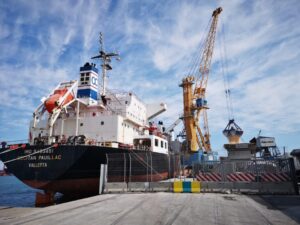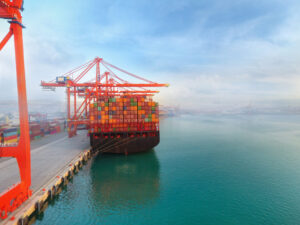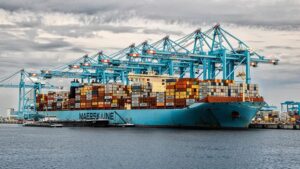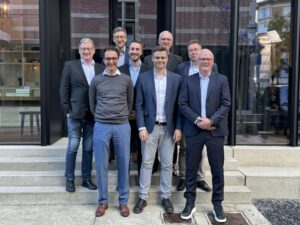The Busan Port Authority (BPA) has struck a license agreement with Hyundai Materials to reduce levels of toxic particles inside the Port of Busan.
According to a statement, the BPA’s agreement with Hyundai Materials will “expand the supply of transfer crane exhaust gas after-treatment system”, which reduces a crane’s diesel exhaust gases by as much as 80%.
The BPA says that while all 239 cranes in Busan New Port are powered by electricity, 37 out of the 122 cranes in the North Port still run on diesel and emit gases such as sulphur.
To address this issue, the BPA claims to have invested approximately $17 million (200 million won) and developed exhaust gas after-treatment system, which collects and treats exhaust gases from diesel transfer cranes, together with the Korea Institute of Machinery & Materials and HYUNDAI materials.
The system was installed at Shin Gamman Pier in North Port as a pilot and cut fine dust and nitrogen particles by as much as 80% or more.
BPA’s CEO Nam Ki-chan stated: “BPA will continue to work to improve Busan’s air quality and working environment for port workers by preemptively developing technologies so that Busan Port can be operated with green unloading equipment.”


